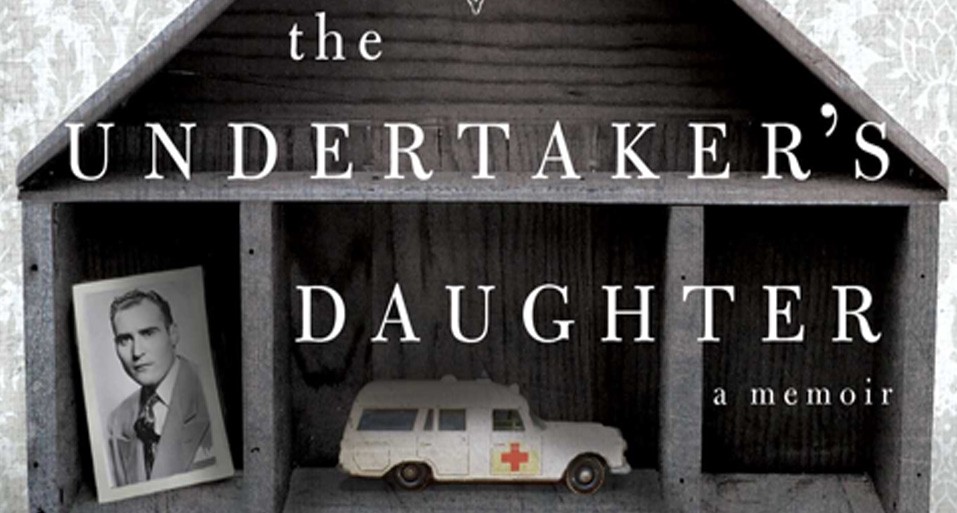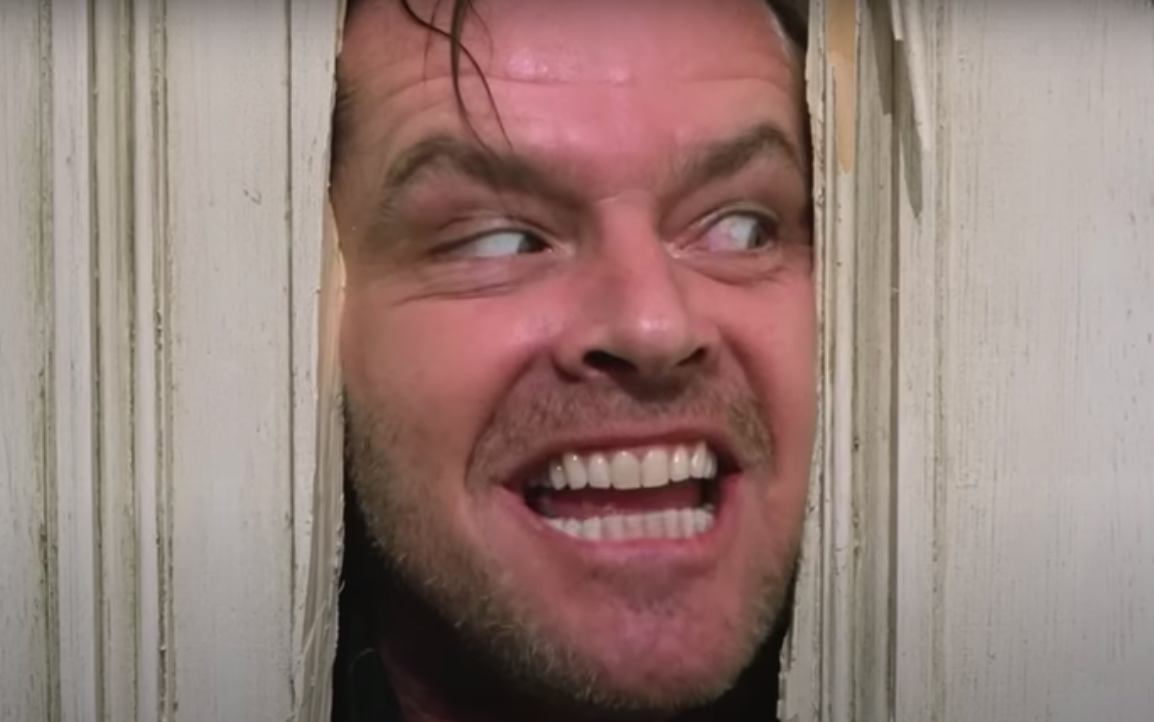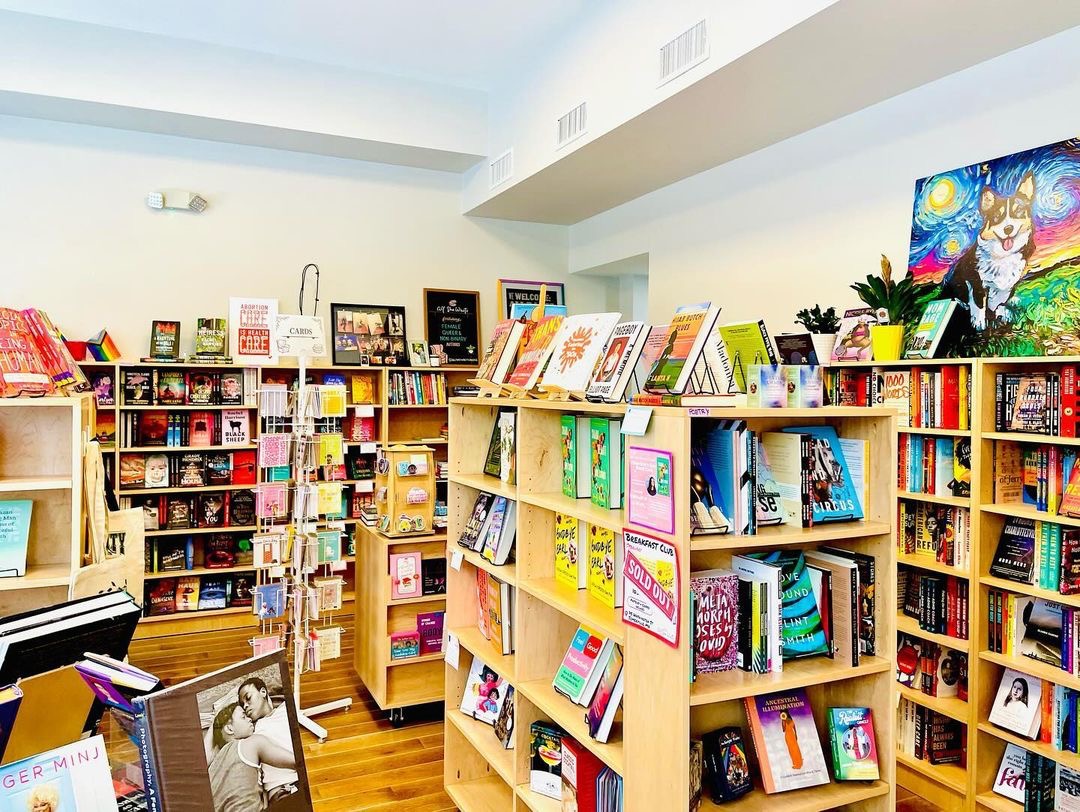Books & Culture
Analog Love in the Digital Age: Absolving Roberto Acestes Laing
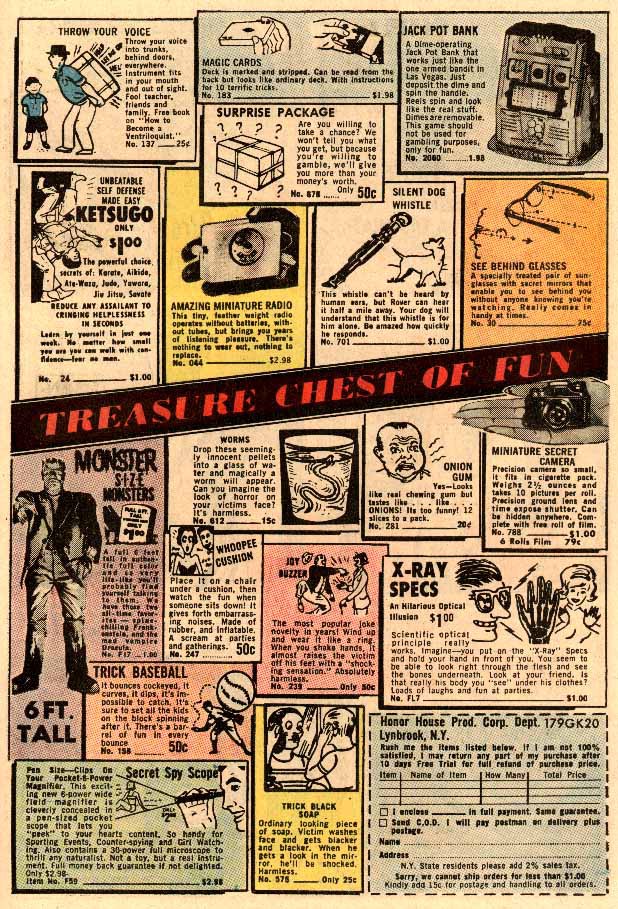
by Nicholas Rombes

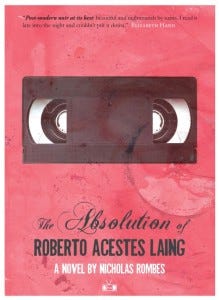
It was a last minute idea. Just days before my debut novel The Absolution of Roberto Acestes Laing was due to be sent to the printer, I floated an idea past Two Dollar Radio’s Eric Obernauf: how about including a form at the back of the book that could be clipped out and snail-mailed to me? In exchange, I would sort through the vast film archive of Roberto Acestes Laing — the novel’s reclusive film-obsessed protagonist who is under the spell of movies by famous directors that don’t exist — and snail-mail back to the reader 1) a personalized letter typed on old letterhead, 2) a segment of 16 mm film from the archive, and 3) a film-related fragment from the archive. In the age of Facebook, Twitter, and forms of social media not even imagined yet, I know I’m not alone in desiring a different sort of texture in my correspondence with people. There is something gift-like in the exchange of snail mail which includes a trace or residue of personality that’s sometimes masked or lost in the interwebs. The process of snail mailing is a deliberate act in a way that posting or tweeting isn’t, an act that reveals something of the person otherwise hidden.

I was inspired by my own experiences, first as a young reader of 70s comic books that included mail-in forms that promised everything from tiny green plastic army figures (cool) to onion gum (unlike most gum, it unfortunately “lasted” a long time) to (?)trick black soap (um . . .) to the silent dog whistle (how could you tell if it worked?). And then later, devouring cheap Ray Bradbury paperbacks from Bantam, I’d send in the forms for the Bantam Book Catalog, printing my name and address in the impossibly small spaces. Most of the time, I was slightly disappointed (except for the onion gum, which really was onion-y) and yet it was always more about the weird human connection between me and the person who’d be receiving my request. I tried to imagine who these people were, at the other end of my mailing. When my request for the silent dog whistle arrived at The Honor House Production Corporation, Department 20 5 G K 68, on Wilbur Street, in Lynbrook, NY, what sort of person was there to open my letter?
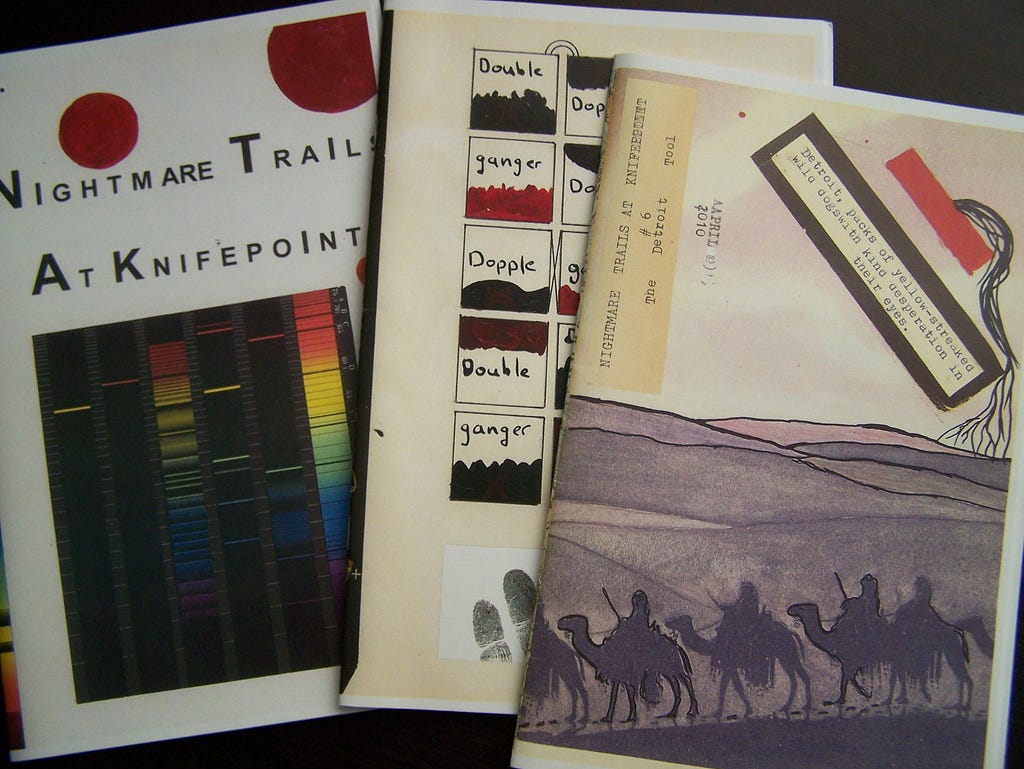

My first experience with my own mail projects began in 2009, when I snail-mailed, in installments, Nightmare Trails at Knifepoint, a serialized novella to around sixty subscribers. The process was thrilling and grueling, mostly because I handcrafted, printed, and distributed the pamphlets myself, mailing one installment a month out, and yet the process of corresponding with readers in this way was exhilarating, as it has been with the Roberto Acestes Laing archive project. What’s markedly different this time is that many readers send me, along with their requests, ephemera of all sorts. Some of these are clearly related to the book or to movies in general, while others are head-scratchingly obscure and bear no relationship (as far as I can tell) to the book itself.

One of my favorites is a note from Joe (I’m just using first names) that “suspects a relationship between R. A. Laing and R. D. Laing,” and that includes a photocopied page from his 1960 book The Divided Self: An Existential Study in Sanity and Madness. Although I’d not heard of this other Laing before, the passage marked by Joe eerily mirrors the Laing of the novel: “He may lack the experience of his own temporal continuity. He may not possess an over-riding sense of personal consistency or cohesiveness. He may feel more insubstantial than substantial, and unable to assume that the stuff he is made of is genuine, good, valuable.”
Here is a catalog of some of the others:
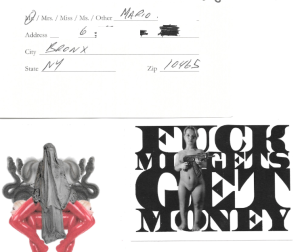
— From Mario in the Bronx, several stickers, one of which shows a gun-toting small person with the logo “Fuck Midgets Get Money.” This one creeped my wife out, and while I honestly have no idea why I was sent this, I do like the heft of the gun.
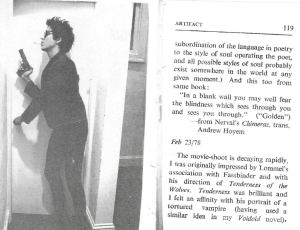
— From Anna in Maine, two pages from Artifact, a tiny book / diary by Richard Hell, which also, strangely, features a gun. The connection to the Laing novel might be the line from Hell’s book that reads “The movie-shoot is decaying rapidly.” I love that sentence and wish I had thought of it for the novel.
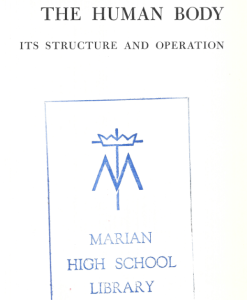
— From Paul in Michigan, a page from Isaac Asimov’s 1963 book The Human Body: Its Structure and Operation with a “Marian High School” sticker. I hadn’t realized Asimov had written textbooks, and looking through an online version The Human Body I found some sentences that are so simple and direct and (I hate to use the word, but it fits) charming, such as “If the nose were nothing more than a mere air vent, there would seem no need for elaborating its structure,” and “Such specializations [different hair types] are absent in man and, indeed, our coat of hair is a poor one altogether.” I don’t know why Paul sent this item or what connection it bears to Laing.

— From Melissa in California, the back of a VHS sleeve. This one I get, because some of the films Laing describes were VHS based and there’s something of the dirt, degradation, and mistakism of analog in Laing himself.
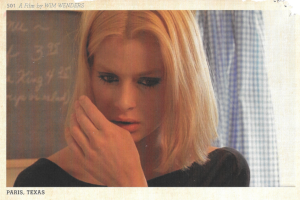
— From Adam in Madison, Wisconsin, a Paris, Texas postcard with one of the nicest notes I’ve received: “Thank you for your terrifying, fathomless, powerful work.” I’m grateful whenever the book speaks to someone, but I always think the best parts were written in an accidental way and I also know that for everyone who strongly loves the novel there’s someone, probably, who strongly hates it.

— From Karen in London, a degraded, photocopied picture of theorist Julia Kristeva, whose ideas play an outsized role in the book. It’s the photo that’s used on the translated-into-English edition of her book Powers of Horror, and I don’t know for certain whether or not it was Karen’s intention to send an image with such generation loss, but the haunted aura of the degraded photo is very much in keeping with Laing’s fading memory and his monstrous decision to destroy the films so that no one else can remember them, either.
I save all the mailings I receive and actually think of them as part of the sprawling narrative of the novel itself, an extension of the fictive world that Laing, the ghost of his daughter, the narrator, and others in the book inhabit. The people who write have dipped into my world though the novel, and now I dip into theirs, imagining and conjuring stories about who they are, what they do, and the simple, remarkable fact that our lives have touched each other in some small way. I hope, at last, it’s more than analog nostalgia, and yet that’s certainly part if it: a yearning in the digital era to communicate through something more than a flat screen.
And thus, and so: if you would like to receive an archival packet from the Laing archive, please follow these procedures: send a tweet to @ElectricLit that names a film by known director that does not exist, but that you wish did exist. For instance: “Alfred Hitchcock’s non-existent 1967 film When the Tide Comes In.” The deadline is Wednesday, March 4, midnight EST. In conjunction with the editors of Electric Literature, I will select five “winners” who shall receive, via snail mail, film-related documents from the archive of Roberto Acestes Laing.





